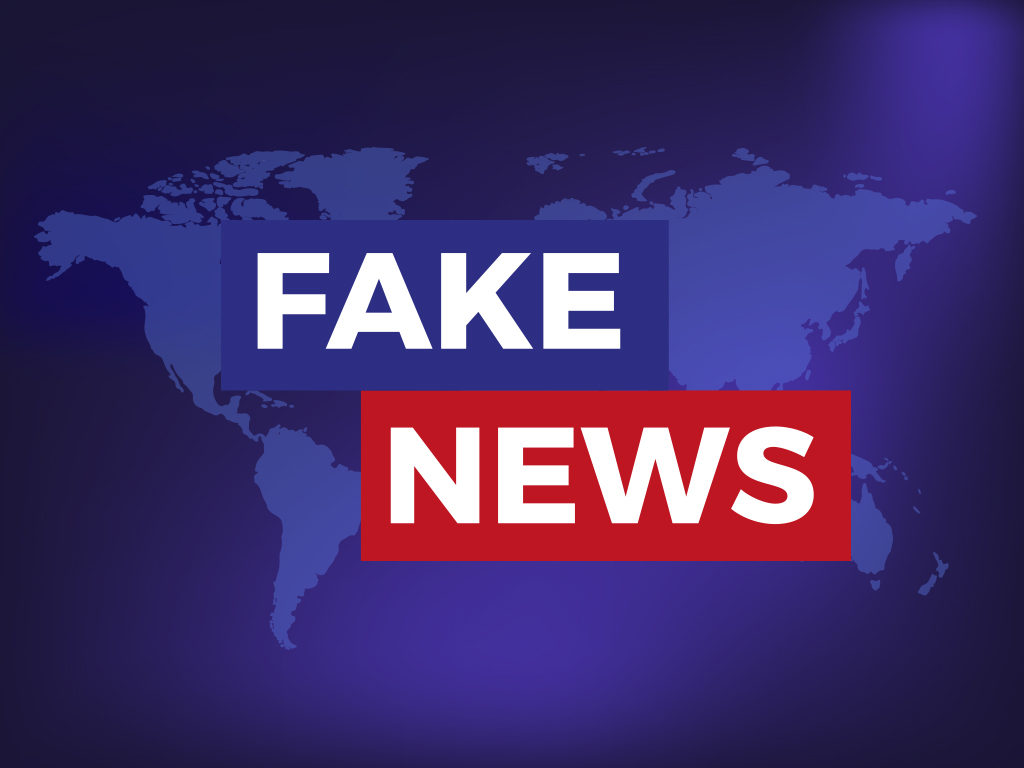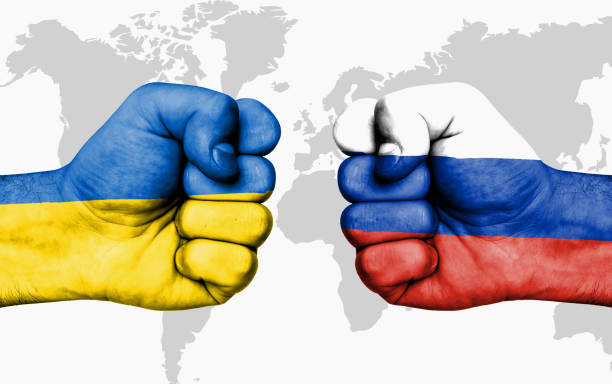Fighting Disinformation in Modern Conflicts

Introduction:
The current repetition of interest in disinformation is not because the idea is innovative, but rather there is a growing consent that the digital revolution has greatly enhanced public vulnerability to manipulation by information, therefore, action needs to be taken to counter it. The related concept of propaganda has been around far longer, but many people see this as a means of driving engagement and mobilization for social or political change, rather than simply to mislead. The relatively new term ‘fake news’ covers a far wider range of content, often with financial motivations rather than political ones. Disinformation is the new tactical method in modern conflicts to create an environment where institutions can justify their violence, Governments can build their narratives and non-state actors preach their political ideology. Misinformation and fake news are new bombshells which are lunched from social platforms that leave impact on the human minds in large numbers. Modern militaries and actors in the conflict called this Hybrid warfare that is more effective and impactful than the actual military operations. Psychological operations by using the power of social media have become the part of military strategies in the realm of defense policies.
 Disinformation Impact on Human lives:
Disinformation Impact on Human lives:
According to the World Risk Poll, “fake news” topped the list of concerns for internet users in 2022. Military and civilian actors alike have made gainful use of disinformation in order to control the narrative regarding the conflict. The deep civil disintegration individuals of conflict settings amplifies the effect of such disinformation by creating echo chambers that intensify confirmation bias and accelerate the uncritical sharing of inaccurate events or reports. Practically, conflict-affected persons may be especially vulnerable to the ill effects of disinformation due to their frantic living conditions, elevated exposure to violence and lack of access to trustworthy sources of information. Compounding the potential for harm is the fact that conflict environments have proven especially fertile incubators for disinformation, as evident by its recent flourishing nature in Israel and Palestine, Libya, South Sudan, Syria, Ukraine and Yemen.
Russia-Ukraine Conflict:
In the recent confrontation between Russia and Ukraine, CNN reported that, “The Russian assault on Ukraine is not just an unprovoked attack on a sovereign nation that is producing horrific destruction and civilian torment. It is also the biggest war of the modern misinformation era”, some scholars argued that, Russia’s misinformation offensive impedes diplomatic efforts to end the war. Russian state media has portrayed Russian’s as victims of the war and covered the invasion as an attempt to liberate the Ukrainian population even as bombs and missiles rain down on civilians. On diplomatic forum, Russians has been denying the existence of war. Russian Foreign Minister Sergey Lavrov claimed with a straight face after talks with his Ukrainian counterpart in Turkey which, not surprisingly failed, that “Russia did not attack Ukraine”. It is an approach that has multiple payoffs for Moscow. It can be used as cover for atrocities and potential war crimes like the attack on the maternity hospital. Misinformation also plays into the Kremlin’s narrative about the nature of the war, that it is the victim, which is served up to Russians on state media networks. The Russian claims might be absurd but they also find an audience among conspiracy theorists on social media and can be used by propagandists, even in Western countries to cast doubt on the credibility of leaders building a united front against Moscow.

The disinformation fight:
The Oversight Board was created in 2020 by Zuckerberg but it is an independent body made up of former world leaders, activists and top lawyers to make decisions on the most significant content moderation challenges on Facebook and Instagram. Disinformation and misinformation are major challenges on these platforms and have always been important issues for the board because of the wide use of these social applications. Although social media companies have a big impact on people’s lives but the disinformation fight cannot be solved by Big Tech alone. United States and UN should step out to mitigate these challenges on domestic level as well as on international platforms. In Pakistan, Government had passed Prevention of Electronic Crimes Act (PECA), through ordinance to handle fake news and disinformation on social media. International Humanitarian Law (IHL) takes a remarkably lenient approach to such misinformation actions and stratagems with one exception. Combatants may not resort to perfidy, defined in Article 37 of Additional Protocol to the Geneva Conventions as “inviting the confidence of an adversary to lead him to believe that he is entitled to, or is obliged to accord, protection under the rules of international law applicable in armed conflict, with intent to betray that confidence”. Belligerents thus may not, for example, disingenuously accept a truce or announce their capitulation, feign injury or illness, or claim civilian or other protected status.
 In the next paragraph of Article 37, however, explicitly permits ruses as “acts which are intended to mislead an adversary or induce a person to act recklessly but which infringe no rule of international law applicable in armed conflict and which are not perfidious”. While this particular provision only pertains to international armed conflicts (IACs), ruses are likewise licensed in non-international armed conflicts under customary international law. But modern applications of misinformation or more accurately, disinformation call into question its reflexive characterization in IHL as a ruse for several reasons. First, while ruses are presented in source materials as being intended to mislead an “enemy” or “adversary”, disinformation campaigns during armed conflict today are instead often oriented primarily towards the civilian population. Under that obligation of IHL, Militaries can mislead their enemies on the battle field, but they cannot misguide or mislead the population in International armed conflicts.
In the next paragraph of Article 37, however, explicitly permits ruses as “acts which are intended to mislead an adversary or induce a person to act recklessly but which infringe no rule of international law applicable in armed conflict and which are not perfidious”. While this particular provision only pertains to international armed conflicts (IACs), ruses are likewise licensed in non-international armed conflicts under customary international law. But modern applications of misinformation or more accurately, disinformation call into question its reflexive characterization in IHL as a ruse for several reasons. First, while ruses are presented in source materials as being intended to mislead an “enemy” or “adversary”, disinformation campaigns during armed conflict today are instead often oriented primarily towards the civilian population. Under that obligation of IHL, Militaries can mislead their enemies on the battle field, but they cannot misguide or mislead the population in International armed conflicts.